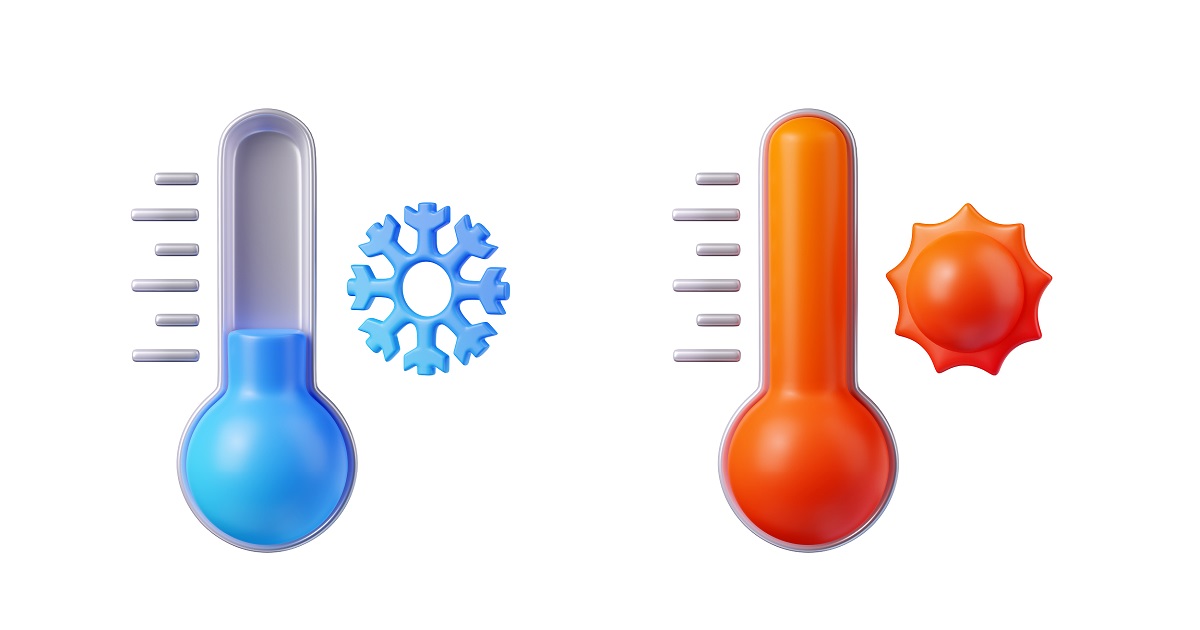Volume II: Heat Transfer and Heat Recovery Systems
A special issue of Energies (ISSN 1996-1073). This special issue belongs to the section "J1: Heat and Mass Transfer".
Deadline for manuscript submissions: closed (30 April 2024) | Viewed by 8761

Image courtesy of upklyak on Freepik
Special Issue Editors
Interests: heat and mass transfer; waste heat recovery; heat pipes; evaporative cooling; energy economics
Special Issues, Collections and Topics in MDPI journals
Interests: heat and mass transfer; waste heat recovery; heat pipes; evaporative cooling; numerical simulation
Special Issues, Collections and Topics in MDPI journals
Special Issue Information
Dear Colleagues,
Heat transfer can be found in all modern engineering applications. It has a fundamental role in improving the efficiency of energy conversion systems. Furthermore, reducing energy consumption by heat recovery is the main route towards sustainable energy management. Recovering waste heat can be achieved with many technologies for a wide range of applications.
This Special Issue aims to present recent advances in heat transfer technology and heat recovery systems for sustainable development. While many efforts are devoted to heat recovery systems, there is a need to innovate and implement solutions in this very broad field. We invite manuscripts that cover heat exchangers, HVAC systems, wastewater heat recovery, hybrid photovoltaic–thermal collector (PV/T), and industrial waste heat recovery. Both experimental and theoretical research studies are welcome. However, papers are not restricted to the aforementioned topics.
Prof. Dr. Jan Danielewicz
Dr. Krzysztof Rajski
Guest Editors
Manuscript Submission Information
Manuscripts should be submitted online at www.mdpi.com by registering and logging in to this website. Once you are registered, click here to go to the submission form. Manuscripts can be submitted until the deadline. All submissions that pass pre-check are peer-reviewed. Accepted papers will be published continuously in the journal (as soon as accepted) and will be listed together on the special issue website. Research articles, review articles as well as short communications are invited. For planned papers, a title and short abstract (about 100 words) can be sent to the Editorial Office for announcement on this website.
Submitted manuscripts should not have been published previously, nor be under consideration for publication elsewhere (except conference proceedings papers). All manuscripts are thoroughly refereed through a single-blind peer-review process. A guide for authors and other relevant information for submission of manuscripts is available on the Instructions for Authors page. Energies is an international peer-reviewed open access semimonthly journal published by MDPI.
Please visit the Instructions for Authors page before submitting a manuscript. The Article Processing Charge (APC) for publication in this open access journal is 2600 CHF (Swiss Francs). Submitted papers should be well formatted and use good English. Authors may use MDPI's English editing service prior to publication or during author revisions.
Keywords
- heat transfer
- heat recovery system
- heat exchanger
- energy savings
- energy efficiency
- heating
- ventilation
- air conditioning
- waste/drain water heat recovery
- PV/T collector
- heat pipes/thermosiphons
- heat pump
- low-temperature waste heat
Benefits of Publishing in a Special Issue
- Ease of navigation: Grouping papers by topic helps scholars navigate broad scope journals more efficiently.
- Greater discoverability: Special Issues support the reach and impact of scientific research. Articles in Special Issues are more discoverable and cited more frequently.
- Expansion of research network: Special Issues facilitate connections among authors, fostering scientific collaborations.
- External promotion: Articles in Special Issues are often promoted through the journal's social media, increasing their visibility.
- e-Book format: Special Issues with more than 10 articles can be published as dedicated e-books, ensuring wide and rapid dissemination.
Further information on MDPI's Special Issue polices can be found here.
Related Special Issue
- Heat Transfer and Heat Recovery Systems in Energies (17 articles)






